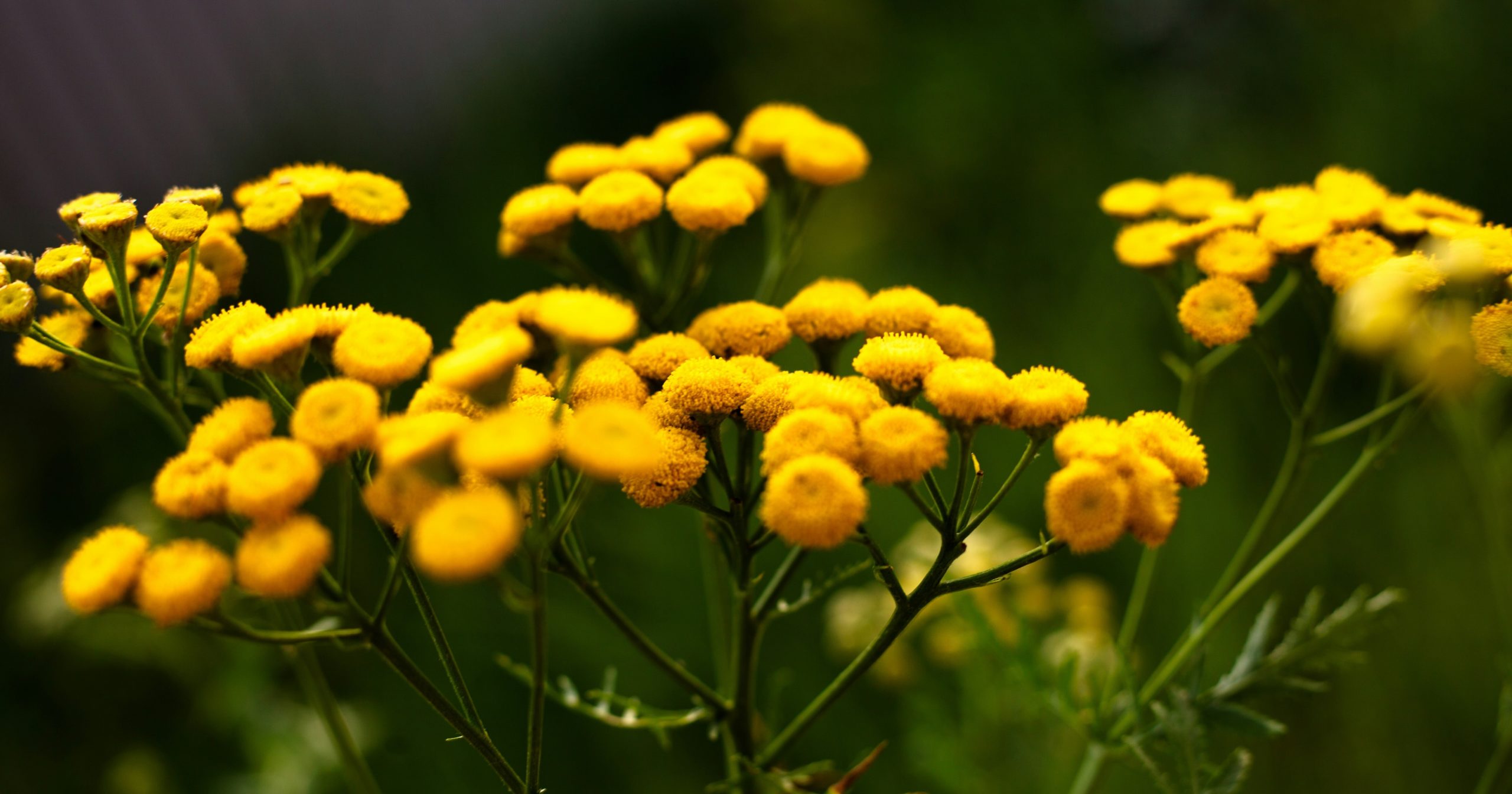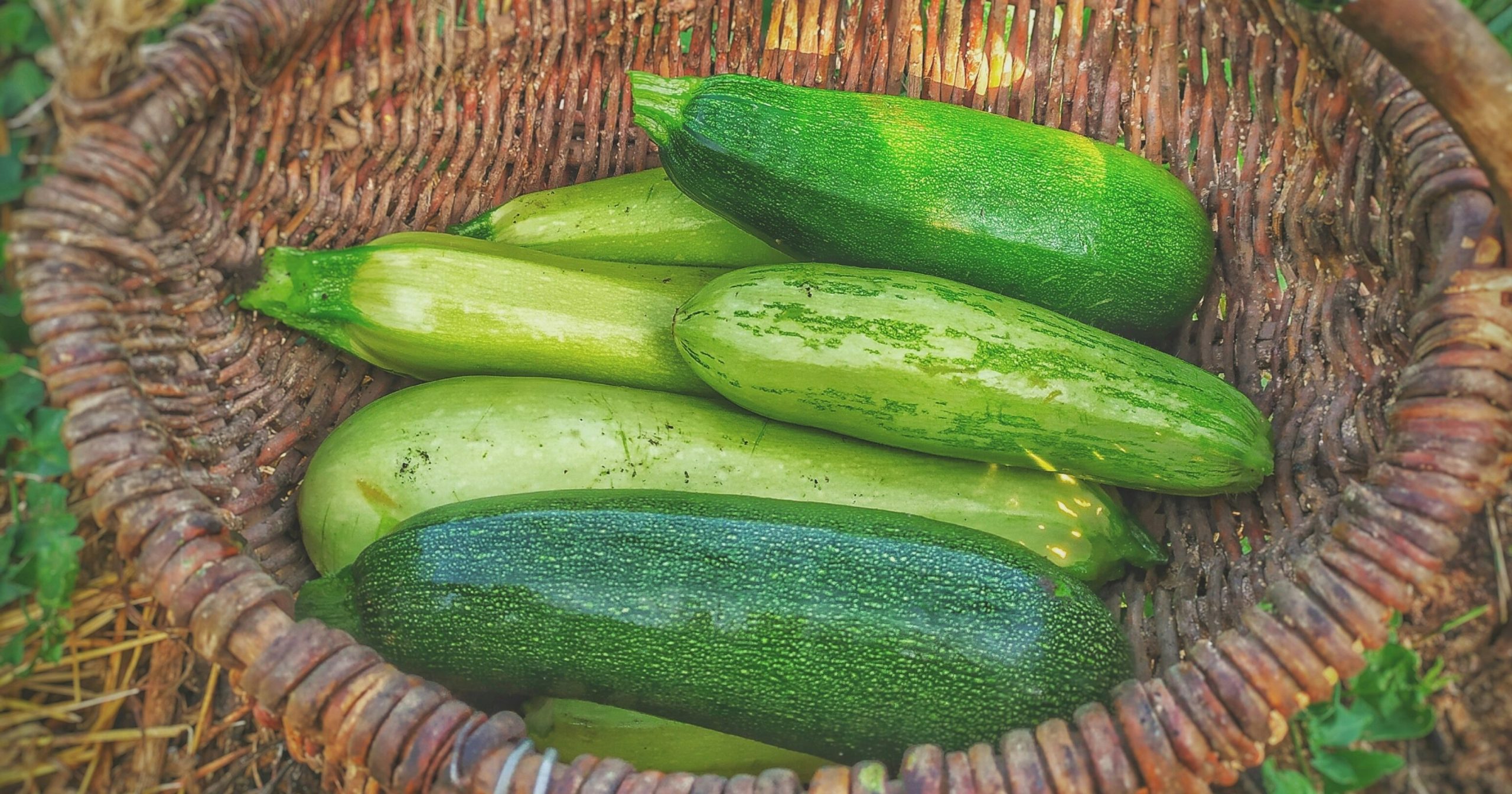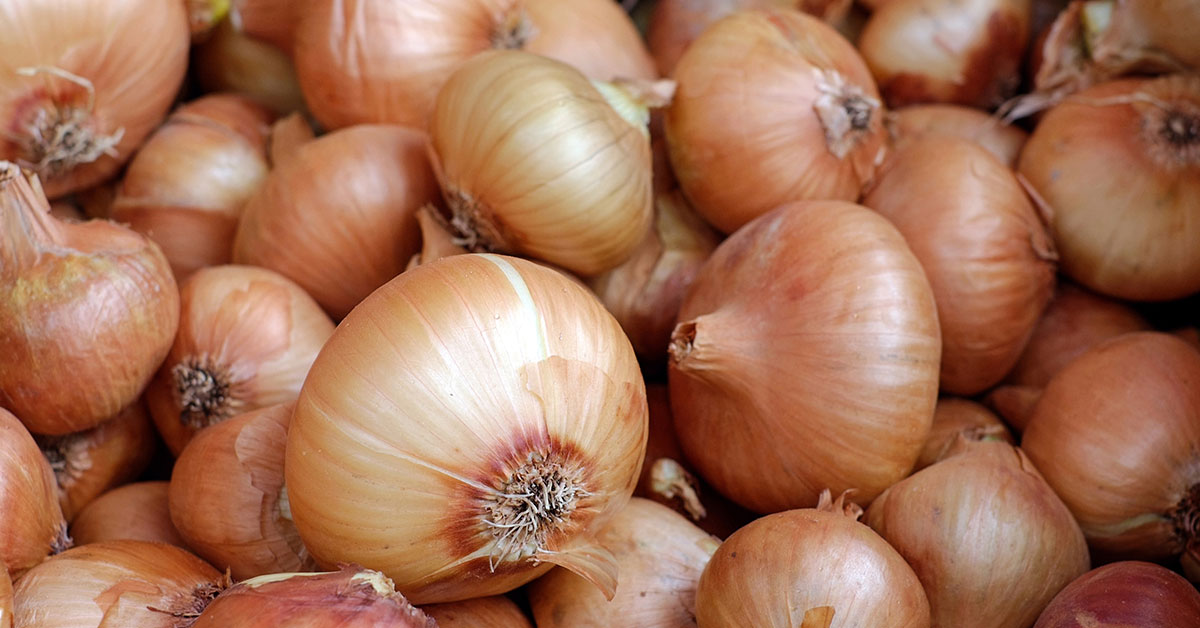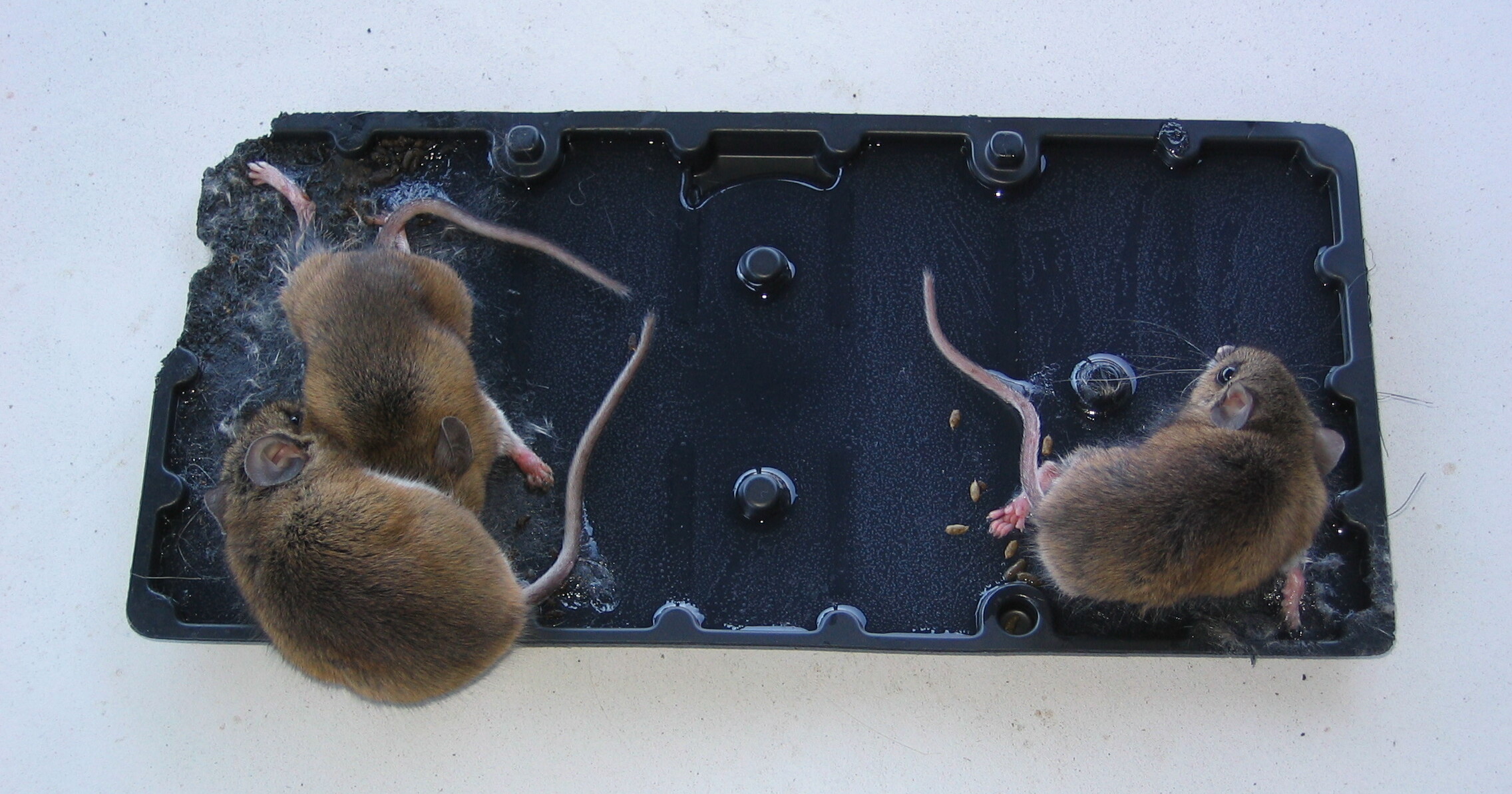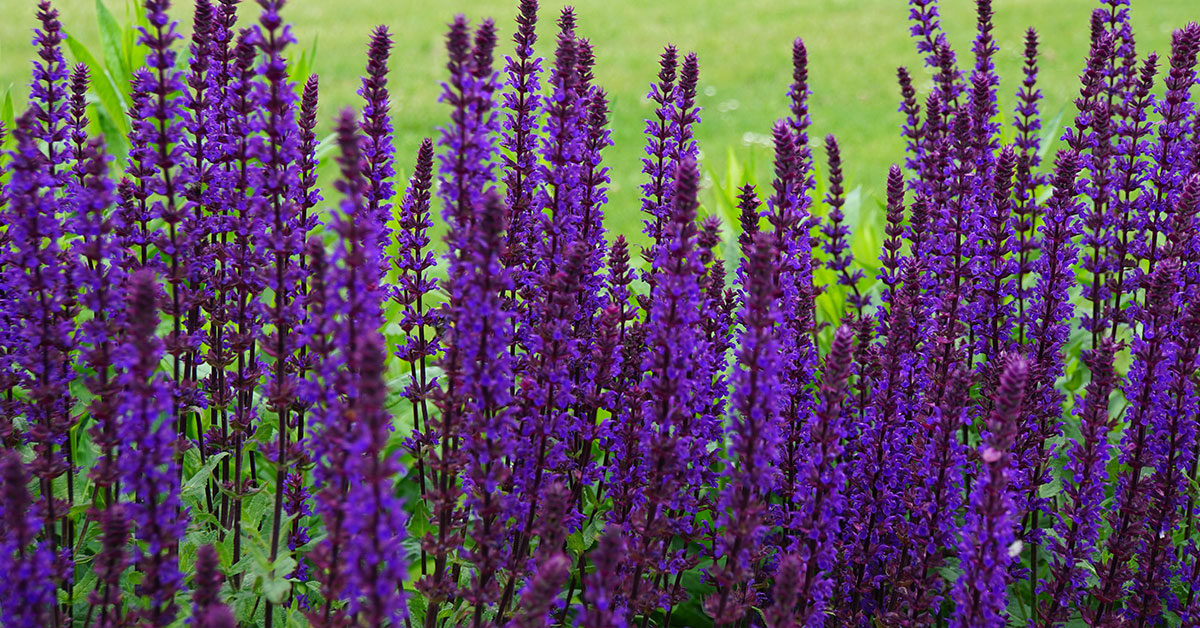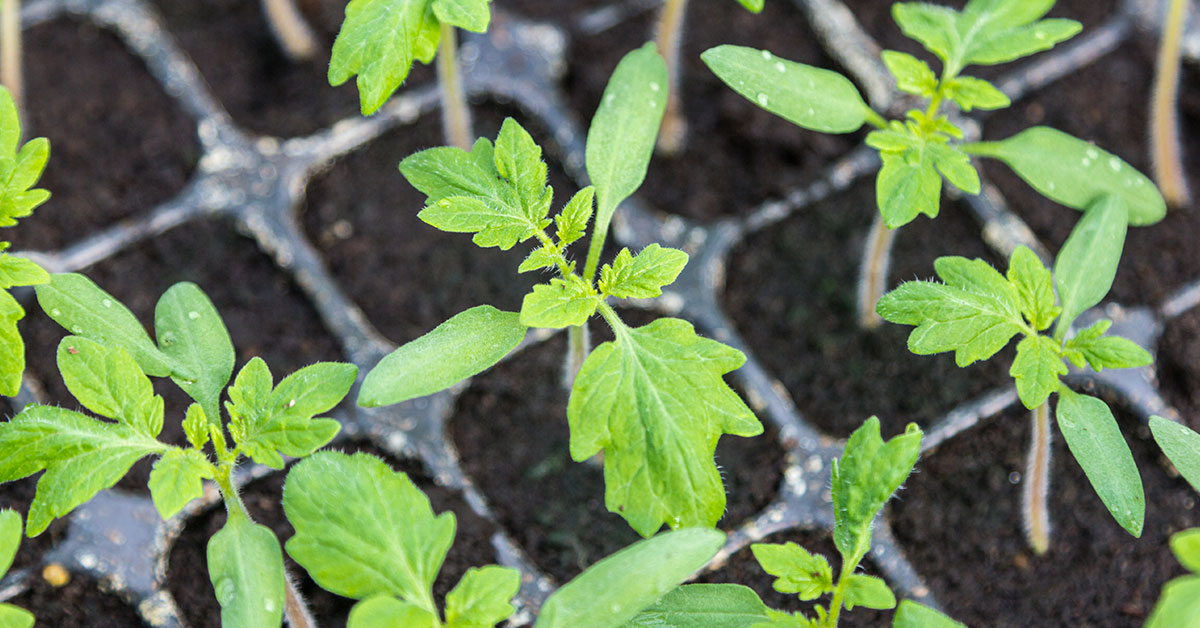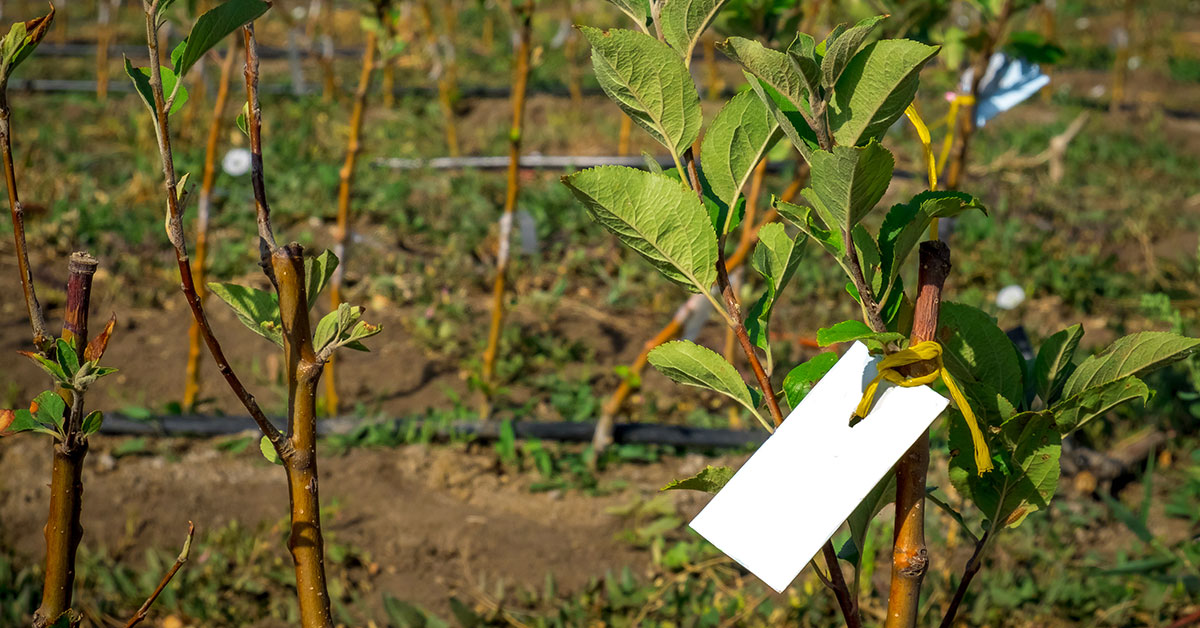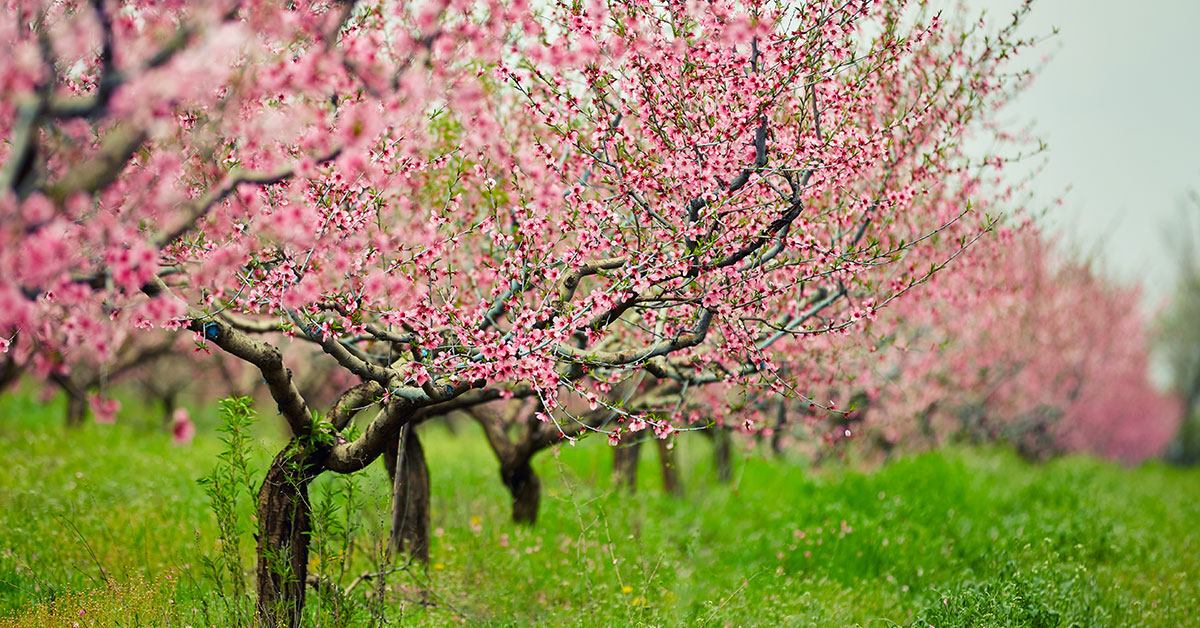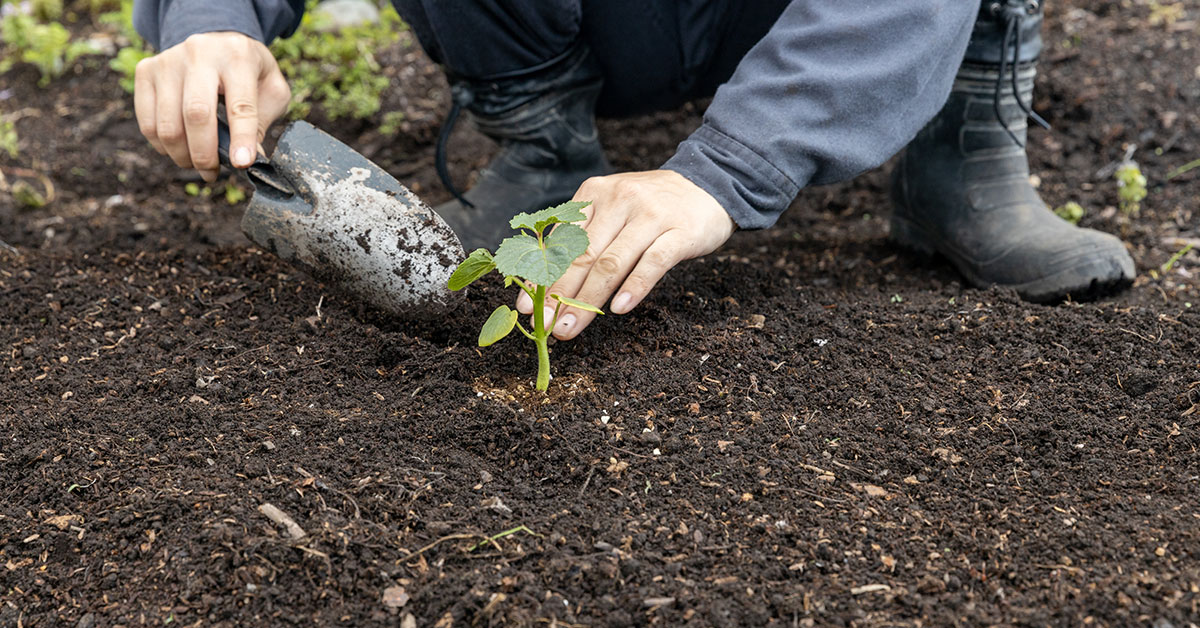Growing annual flowers can bring vibrant color and beauty to your garden, but it’s not always as straightforward as it seems. Many gardeners, both beginners and experienced, can make mistakes that impact the health and appearance of their annuals. Understanding these common pitfalls and how to avoid them can help you achieve a thriving, colorful garden that lasts all season long.
In this article, I’ll share ten common mistakes gardeners make when growing annual flowers and offer practical tips on how to avoid them. From improper planting techniques to inadequate care, we’ll cover a range of issues and solutions. Let’s dive in and ensure your annual flowers flourish!
Planting Too Early
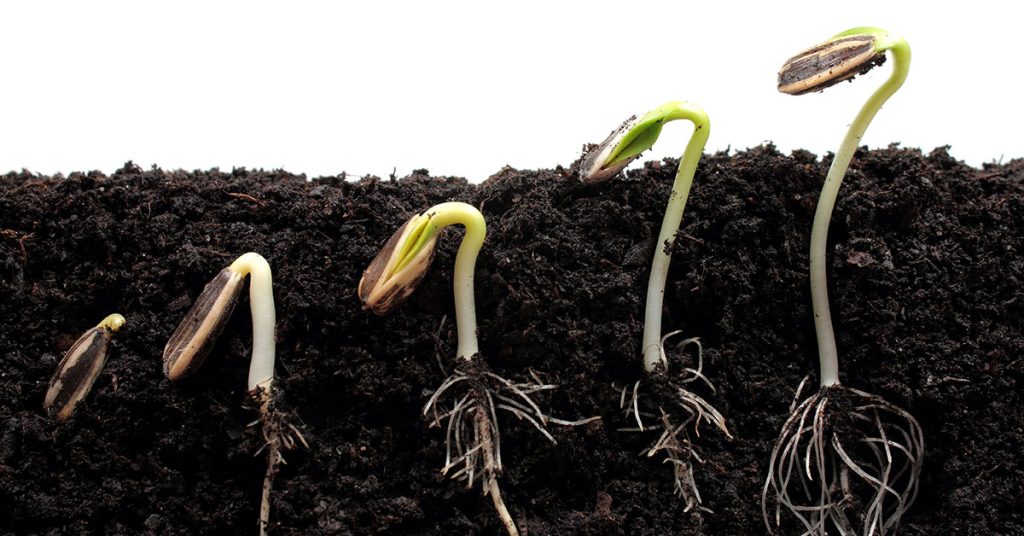
One of the most common mistakes is planting annuals too early in the season. Many annuals are sensitive to cold temperatures and frost, which can stunt their growth or even kill them. It’s tempting to get a head start on your garden, but patience is key.
To avoid this mistake, wait until the last frost date has passed and the soil has warmed up. If you’re unsure of the right time, check your local weather forecasts and gardening zone recommendations. Starting your annuals indoors a few weeks before the last frost can also give them a healthy start, allowing you to transplant them when the weather is more suitable.
Overcrowding Plants

Another frequent error is overcrowding annuals in garden beds or containers. While it might be tempting to pack in as many flowers as possible for a lush look, overcrowded plants compete for nutrients, water, and sunlight, leading to weaker growth and increased susceptibility to diseases.
To avoid this, follow the spacing recommendations on seed packets or plant tags. Giving each plant enough room to grow ensures they receive adequate light, air circulation, and nutrients. This approach results in healthier, more robust plants that can better resist pests and diseases.
Inadequate Watering
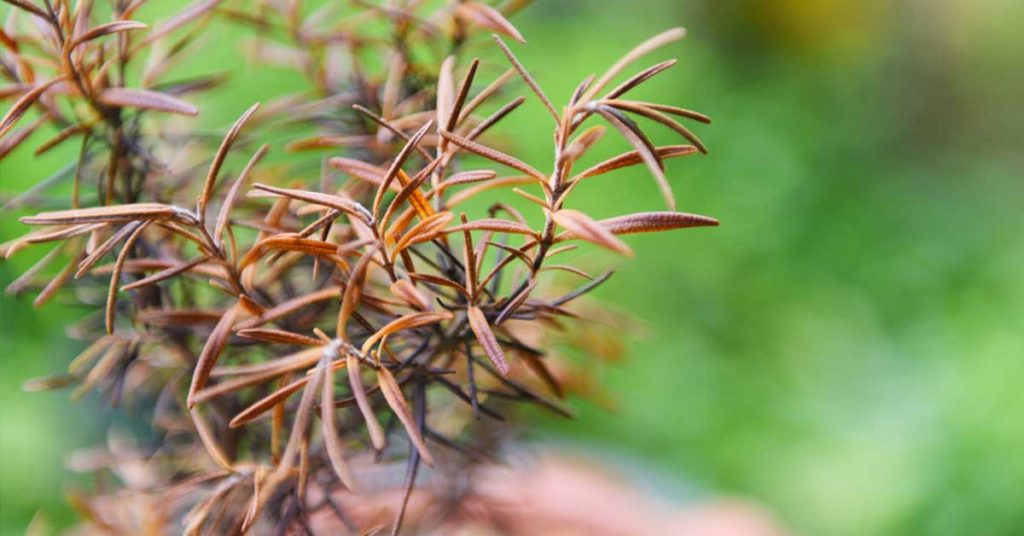
Inconsistent watering is a common issue that can affect the health of your annuals. Both overwatering and underwatering can stress plants, leading to root rot, wilting, and poor growth. Understanding the specific water needs of your annuals is crucial for their success.
To avoid this mistake, establish a regular watering schedule based on the needs of your plants and local weather conditions. Water deeply but infrequently to encourage strong root development. Mulching around your plants can also help retain moisture and reduce the frequency of watering.
Ignoring Soil Quality
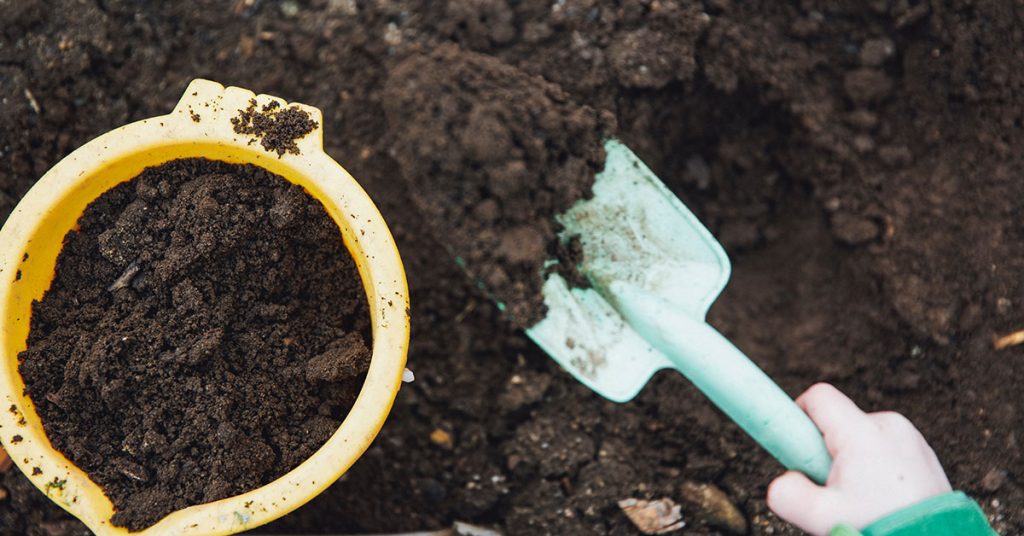
Many gardeners overlook the importance of soil quality when planting annuals. Poor soil can lead to nutrient deficiencies, poor drainage, and weak plant growth. Annuals thrive in well-draining, nutrient-rich soil, so preparing your garden beds is essential.
To improve soil quality, amend your garden beds with organic matter such as compost or well-rotted manure. This enhances soil structure, fertility, and drainage. Conducting a soil test can also help you understand your soil’s pH and nutrient levels, allowing you to make necessary adjustments for optimal plant growth.
Skipping Fertilization
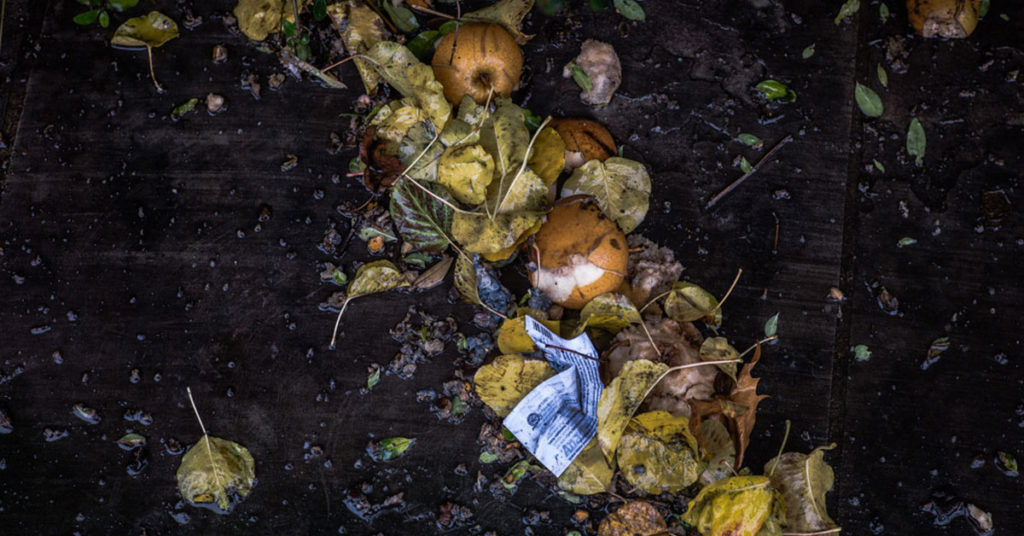
Annuals are heavy feeders and require regular fertilization to maintain their vibrant blooms throughout the growing season. Neglecting to fertilize can result in weak, spindly plants with fewer flowers.
To avoid this mistake, use a balanced, slow-release fertilizer when planting and follow up with regular feeding throughout the season. Liquid fertilizers can provide a quick nutrient boost during periods of active growth and flowering. Be sure to follow the manufacturer’s instructions to avoid over-fertilizing, which can damage plants.
Not Deadheading Spent Blooms

Failing to deadhead spent blooms is a common mistake that can lead to reduced flowering. Deadheading, or removing faded flowers, encourages plants to produce more blooms and prevents them from setting seed.
To keep your annuals blooming profusely, regularly remove spent flowers by pinching or cutting them off just above a healthy set of leaves. This not only promotes continuous blooming but also keeps your plants looking tidy and attractive. Some annuals, like petunias and marigolds, respond especially well to regular deadheading.
Ignoring Pests and Diseases
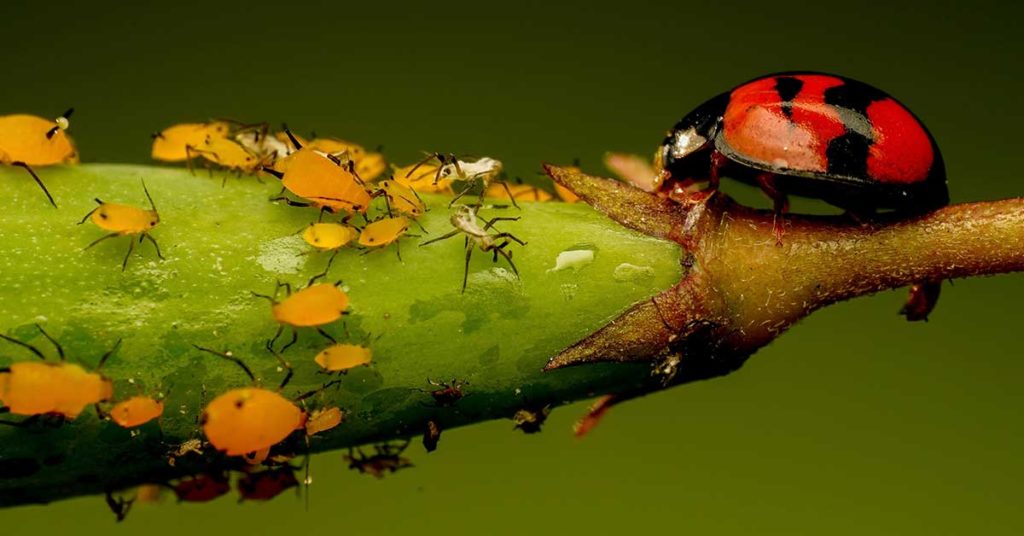
Annual flowers can be susceptible to various pests and diseases, and ignoring these issues can quickly lead to significant damage. Aphids, caterpillars, powdery mildew, and root rot are common problems that can affect the health of your annuals.
To avoid this mistake, regularly inspect your plants for signs of pests and diseases. Early detection allows for prompt treatment with appropriate measures, such as insecticidal soap for pests or fungicides for diseases. Encouraging beneficial insects, practicing crop rotation, and ensuring proper spacing and air circulation can also help prevent problems.
Improper Planting Depth
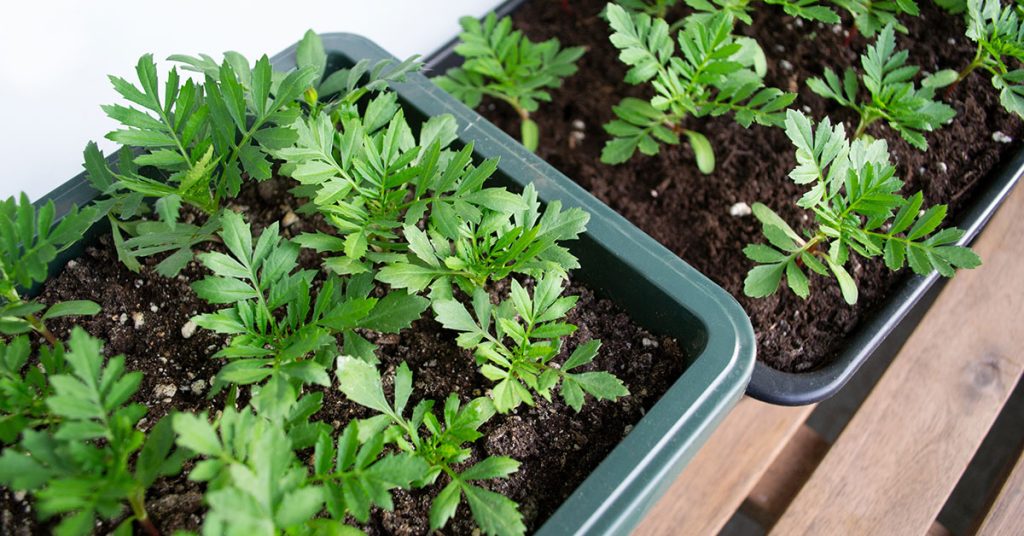
Planting annuals too deep or too shallow can hinder their growth and health. Planting too deep can suffocate the roots, while planting too shallow can expose roots to air and cause drying out.
To avoid this mistake, plant annuals at the depth recommended on the plant tag or seed packet. Typically, the top of the root ball should be level with the soil surface. Gently firm the soil around the plant and water thoroughly to settle the roots and eliminate air pockets.
Using Unsuitable Containers
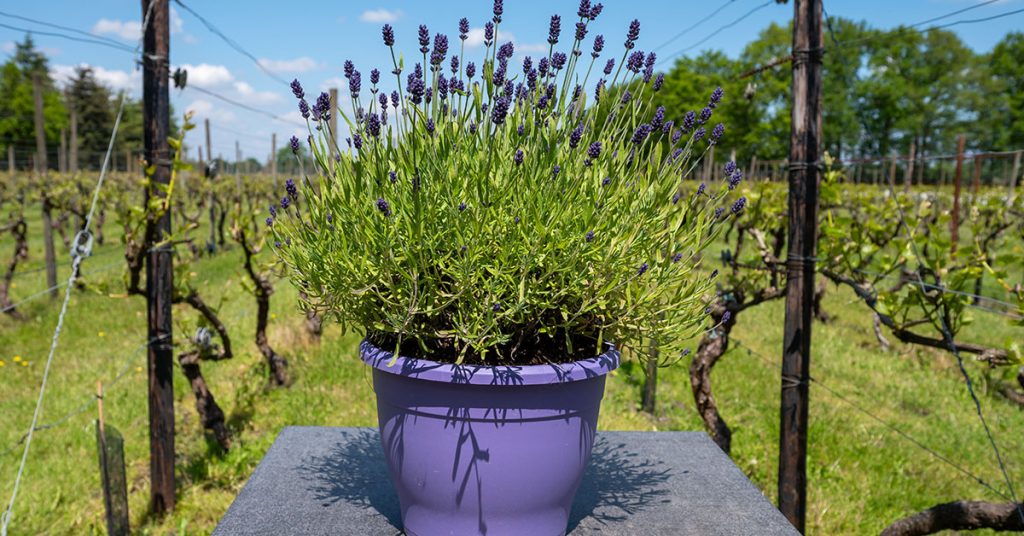
Using containers without adequate drainage can lead to waterlogged soil and root rot in annuals. It’s essential to choose the right containers that provide proper drainage to ensure the health of your plants.
To avoid this mistake, select containers with drainage holes and use a high-quality potting mix designed for container gardening. Avoid using garden soil in containers, as it can compact and hinder drainage. Elevating containers off the ground or using pot feet can also improve drainage and prevent water from pooling at the bottom.
Neglecting to Harden Off Transplants
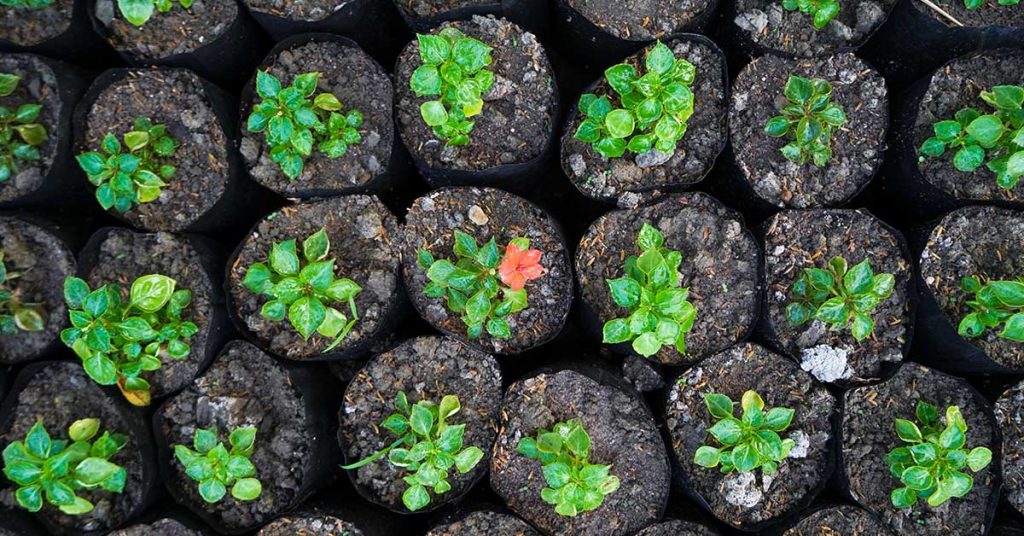
When moving annuals from indoors to the garden, neglecting to harden off transplants can shock the plants, leading to stunted growth or even death. Hardening off gradually acclimates plants to outdoor conditions.
To avoid this mistake, start the hardening-off process about a week before planting out. Gradually expose your plants to outdoor conditions, starting with a few hours of shade and gradually increasing their time outside and exposure to sunlight. This helps plants adjust to temperature fluctuations, wind, and sunlight, ensuring a smoother transition and better growth in the garden.
